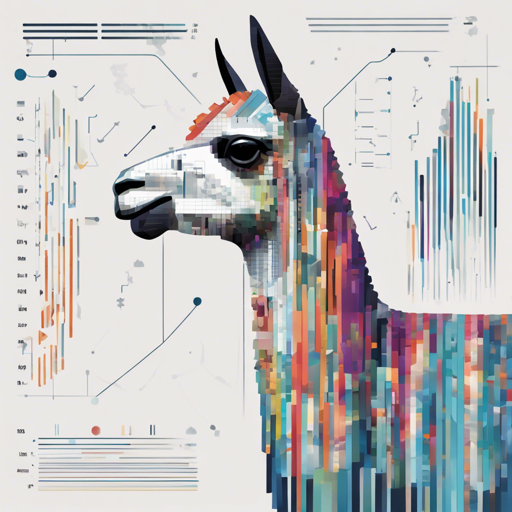Llama 3.2-Vision is a state-of-the-art multimodal language model developed by Meta, designed for visual recognition and interactive applications. In this blog, you will learn how to set up and run this innovative model using Python.
Step-by-Step Guide to Running the Model
To get started with Llama 3.2-Vision, you can follow these steps:
-
Set Up Your Environment:
- Make sure you have Python installed (preferably version 3.8 or higher).
- Install the required packages by running:
pip install torch transformers pillow tkinter -
Create a Python File:
Create a new Python file (e.g.,
llama_app.py) and copy the code provided in the repository into this file. -
Load the Model:
Inside your Python file, load the Llama 3.2-Vision model with the following code:
import torch from transformers import MllamaForConditionalGeneration, AutoProcessor model_id = "meta-llama/Llama-3.2-11B-Vision-Instruct" model = MllamaForConditionalGeneration.from_pretrained(model_id, torch_dtype=torch.bfloat16) processor = AutoProcessor.from_pretrained(model_id) -
Running the Application:
In your app, you’ll want to load an image and allow the user to type a message. This will create an interactive application enabling users to see how the model responds to various inputs.
Make sure the GUI is set up correctly using the
tkinterlibrary as shown in the provided code snippet; this will allow for loading images, sending messages, and displaying chat history.
Understanding the Code Through an Analogy
Imagine you’re running a restaurant where customers can order a variety of dishes (messages) and the kitchen (model) has to prepare these dishes based on the available ingredients (images). Here’s how the major components work together:
-
Loading the Ingredients:
Just like cooking requires assembling ingredients, you begin by loading your model and processor. They are essential ingredients to prepare the final dish (output).
-
Taking Orders:
The GUI represents waitstaff who take customer orders (user input). They listen to what the customers want and relay this back to the kitchen.
-
Preparing the Dishes:
The kitchen (model) processes the customers’ orders based on the ingredients available and returns the prepared meals (text output).
-
Serving the Dishes:
Finally, the waitstaff (GUI components) presents the finished meals to customers, just like how text and images are displayed in the application.
Troubleshooting Common Issues
While working with Llama 3.2-Vision, you may encounter some challenges. Here are some tips to troubleshoot:
- Improper Model Loading: Ensure the model ID matches exactly as shown, and that you have the right version of
transformersinstalled. Usepip install --upgrade transformersto update. - Image Not Loading: Check if the path to the image is correct. Ensure you have access rights to the folder where the images are stored.
- GUI Not Responding: Make sure you are using
mainloop()correctly in yourtkinterimplementation to keep the program active, preventing it from closing prematurely. - Error Messages: Read logs carefully; they often provide insights into what might be wrong. If an error occurs, like “Mismatch between image tokens and images provided,” it means the system couldn’t handle the number of images correctly.
For more insights, updates, or to collaborate on AI development projects, stay connected with fxis.ai.
Conclusion
At fxis.ai, we believe that such advancements are crucial for the future of AI, as they enable more comprehensive and effective solutions. Our team is continually exploring new methodologies to push the envelope in artificial intelligence, ensuring that our clients benefit from the latest technological innovations.

